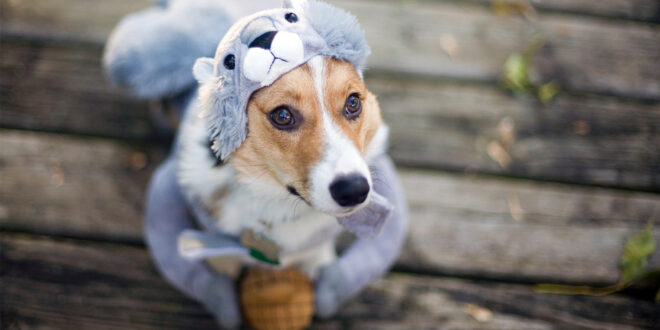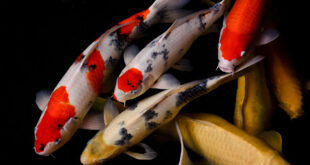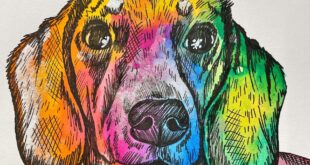The world of canine fashion is an ever-expanding tapestry, intertwining whimsy with practicality. As streets and parks become runways, and our feeds overflow with dapper dogs in dashing outfits, it’s hard not to pause and ponder. When Fido wears that raincoat or Princess dons her ballerina outfit, is it just humans projecting their sartorial whims onto them? Or do these four-legged friends genuinely enjoy the attention and the feel of these garments?
Table of Contents
The History of Canine Fashion
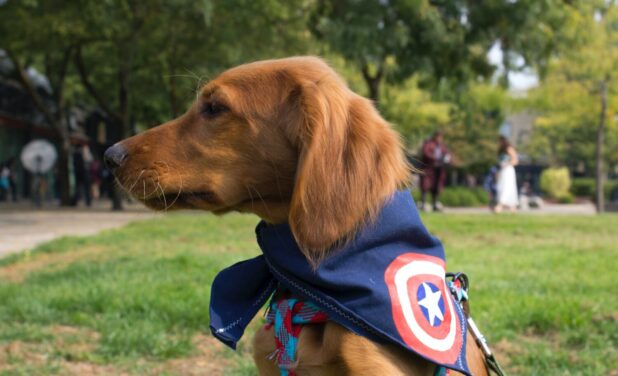
Dating back millennia, the notion of adorning pets is not just a contemporary caprice. Ancient Egyptians, valuing their canine companions, festooned their prized greyhounds with intricate and ornate collars. Fast forward to the Renaissance period, where aristocratic pets, often seen as an extension of their owner’s stature, sported opulent fabrics and accessories, distinguishing them from commoner canines.
While protection and showing off wealth were primary motivators in the past, with war dogs wearing leather armors and nobility dogs showcasing the affluence of their masters, today’s motivations are more varied. As centuries turned, canine fashion saw transformations, not just echoing human fashion evolution but also presenting a window into societal shifts and value changes.
Human Motivations for Dressing Up Dogs
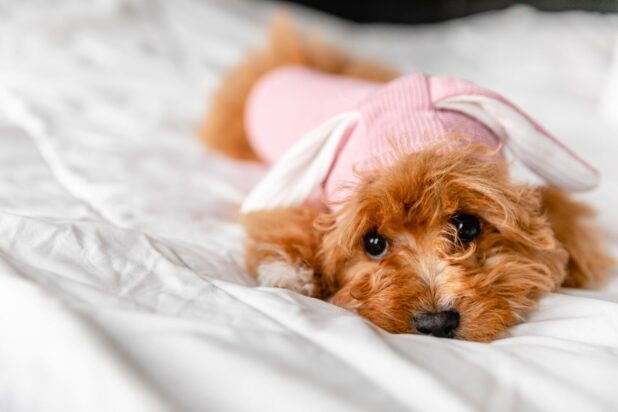
Why do we, the two-legged beings, find such joy in decking out our four-legged buddies? The myriad reasons are as diverse as dog breeds themselves. From a pure aesthetic standpoint, clothes accentuate a dog’s inherent cuteness, drawing smiles and sometimes even virality in our social media age. But beyond just the ‘aww’ factor, there’s a protective angle. Those winter coats shield our pals from biting cold, and those summer shoes can prevent paws from scalding pavements.
Historically, as dressing up dogs transformed from a protective necessity to a societal display, today, it serves dual purposes again: functional protection and a reflection of the owner’s personal style. As humans evolved, so did our motivations, spanning from practical reasons to pure fashion-oriented inclinations accentuated by various doggy dresses and other fashion items.
The Science Behind Canine Comfort
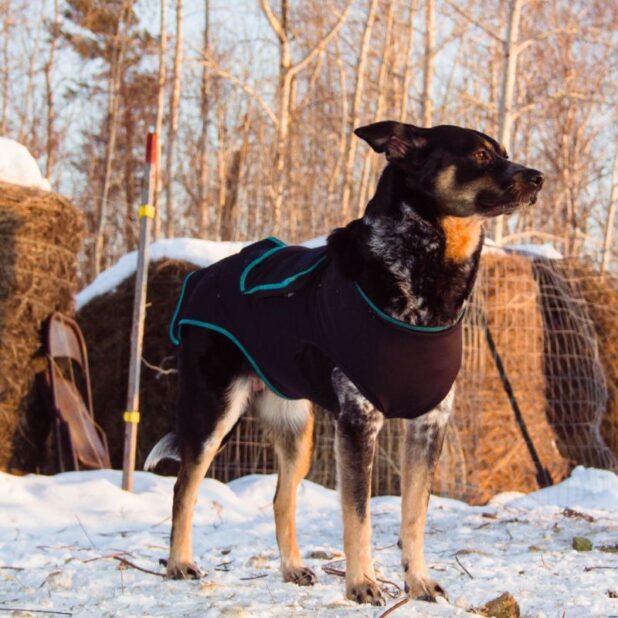
When envisioning a dog in clothing, it’s essential to consider their biological and sensory perceptions. A dog’s coat, for instance, already serves as a natural barrier against environmental elements. When we introduce clothing, we’re introducing a foreign tactile sensation.
Scientifically, a dog’s skin has nerve endings and sensory receptors. Some studies suggest that while dogs might not perceive clothing in a fashion-forward sense like humans, they definitely feel its presence. Dogs can discern weight, warmth, and restriction. For some, a snug sweater might feel like a comforting embrace, a phenomenon akin to swaddling in infants. For others, it might be an itch they can’t scratch. It’s crucial to understand that what feels soft and cozy to us might feel entirely different to a dog.
Individual Dog Preferences
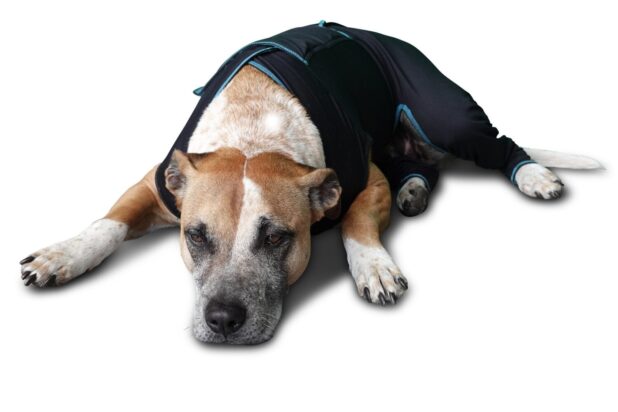
Just as no two humans share identical tastes in clothing, our canine counterparts also have their preferences. Some relish the extra attention that comes with a snazzy outfit, while others would rather go au naturel.
Tales abound of dogs who parade proudly in their new attire, flaunting it to every passerby, whereas others might shy away, indicating their displeasure. For instance, Bella, a poodle from New York, loves her weekly fashion parades, eagerly awaiting her owner’s selection from her expansive wardrobe. Contrastingly, Max, a Golden Retriever from California, prefers the simple feel of his fur against the breeze.
Signs That a Dog Likes Dressing Up
Observation is the key to understanding whether your dog appreciates a life of fashion. Positive signs include tail wagging, an energetic demeanor, or even playful behavior when they spot their favorite outfit. Consider Luna, a Dachshund who jumps with joy every time her Halloween pumpkin costume comes out, associating it with fun times and treats. Such enthusiastic responses often indicate more than mere tolerance; they show genuine enjoyment.
Signs That a Dog Dislikes Dressing Up
Conversely, reluctance is evident. If your dog freezes, attempts to shake off the clothing, or tries to hide, it’s a clear message. Sammy, a Border Collie, made headlines when he creatively tried to undress by rolling on the ground or hiding under the bed, signaling his displeasure with his new ‘winter collection.’ Recognizing these signs early ensures that our furry friends remain comfortable and stress-free.
Factors That Influence Canine Fashion Preferences
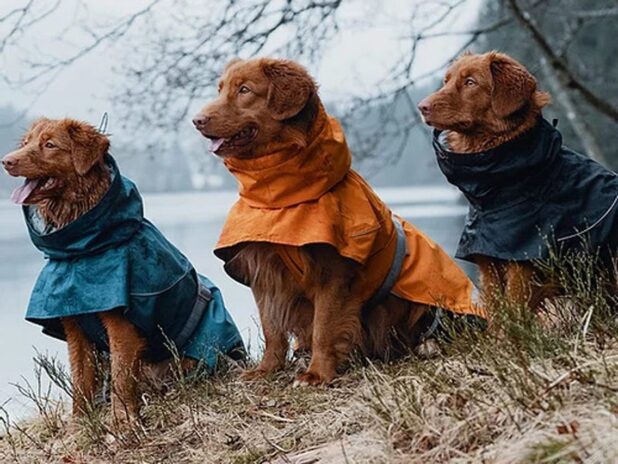
Several elements determine a dog’s receptiveness to clothing. Breed plays a role: short-haired breeds might appreciate an extra layer during colder months, while long-haired ones might find it excessive. Age matters too; puppies introduced early to clothing might be more accepting than older dogs.
The climate, naturally, is crucial, dictating the need for protection. And, like humans, individual personality reigns supreme. Some dogs, due to their individual temperament or past experiences, might be more amenable to dressing up.
Safe and Responsible Canine Fashion
Canine fashion isn’t merely about aesthetics; it’s about ensuring safety and comfort. Ensuring a proper fit is paramount, avoiding overly tight outfits that might restrict movement or breathing. Selecting breathable materials can prevent overheating. And being wary of potential choking hazards, like buttons, is vital. Remember, it’s not just about making a style statement; it’s about the well-being of our beloved pets.
Alternatives to Clothing
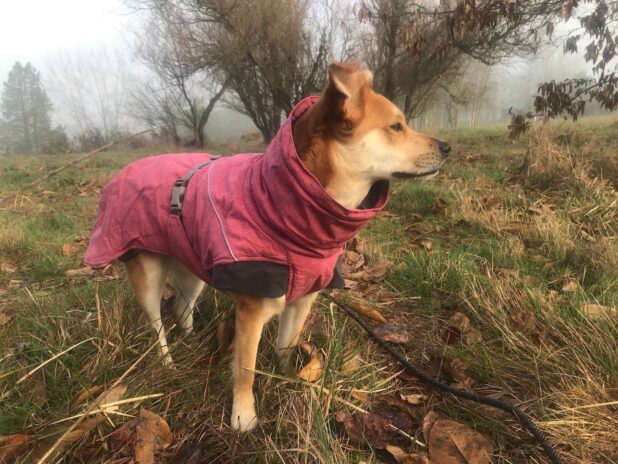
Not every dog will be a fashionista, and that’s okay. Pet accessories offer a less invasive way to add some flair. Bandanas, stylish collars, or even funky leashes can allow your pet to shine without the full commitment of clothing. Seasonal accessories, like antler headbands during Christmas or themed collars for Halloween, can be less restrictive but equally fun.
Balancing Canine Fashion and Well-being
The crux of canine fashion lies in striking a balance between style and comfort. While it’s tempting to project our fashion fantasies onto our furry friends, it’s imperative to prioritize their comfort. Observing and respecting their cues, ensuring their well-being, and choosing the right attire are the pillars of responsible pet fashion.
Conclusion
Navigating the vibrant realm of canine fashion requires a nuanced understanding, balancing aesthetics with well-being. The spectrum of dogs’ reactions to clothing is vast, underscoring the individuality of each furry friend. While some may strut proudly, relishing their newfound flair, others might prefer their natural coats.
As guardians of these loyal companions, it’s paramount to prioritize their comfort, recognizing that what works for one dog might not for another. As we delve into the world of pet fashion, let’s be guided by empathy and understanding, ensuring that our choices amplify their personalities while ensuring their utmost comfort. Celebrate the diversity, respect individual preferences, and let every fashion choice be a testament to the bond that humans and dogs have cherished for millennia.
Remember: Dogs are human best friends and because of that it’s important to ensure everything to bring them safe clothes, safe food, and environment.
 World Magazine 2024
World Magazine 2024
